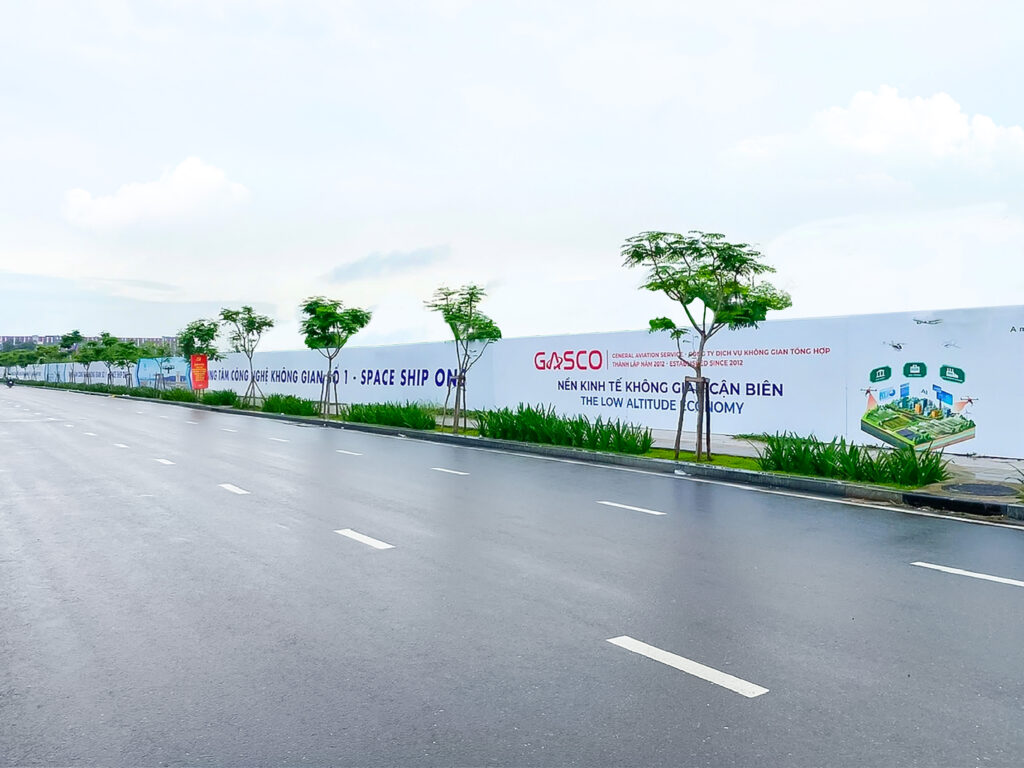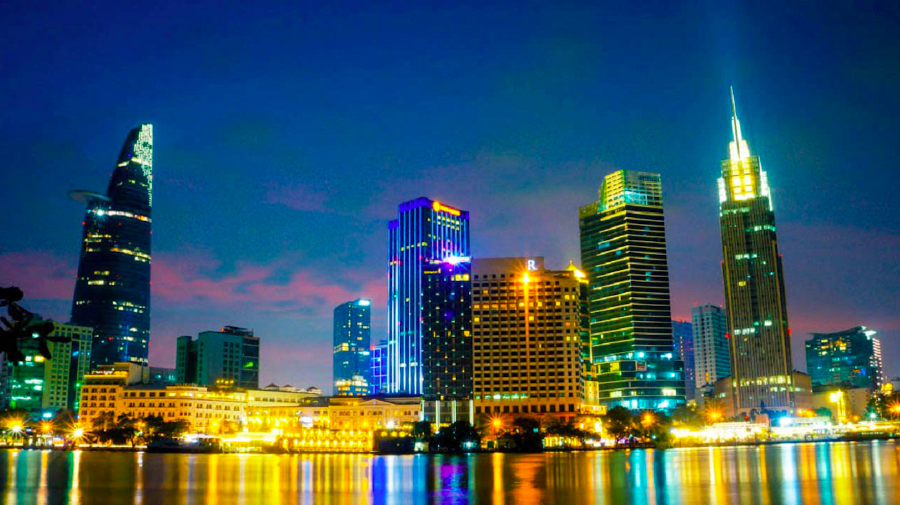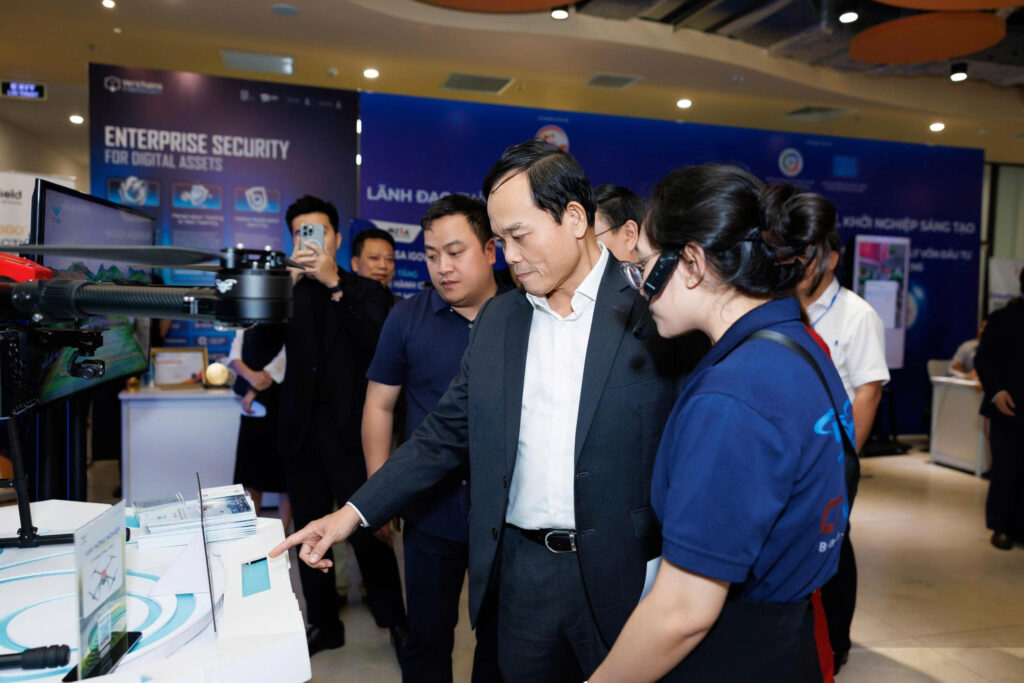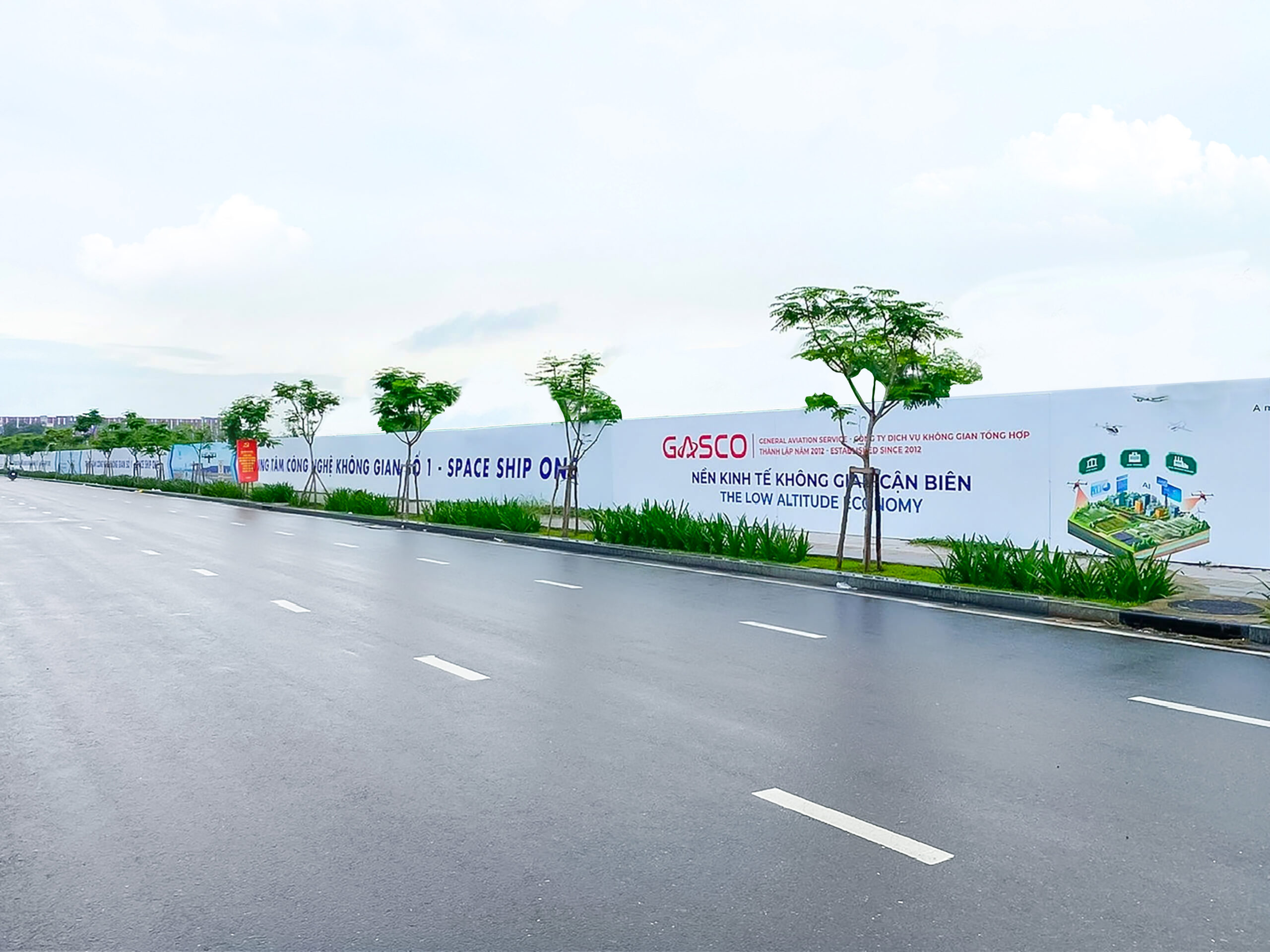Real estate companies in Ho Chi Minh City are prepared to embrace the Transit-Oriented Development (TOD) model, which is expected to bring significant socio-economic benefits to the city.
Anticipating new policies
Shortly after Ho Chi Minh City identified nine locations along metro lines and the Ring Road 3 for pilot TOD development, the Ho Chi Minh City Infrastructure Investment Joint Stock Company (stock code: CII) proposed developing this model in the Hang Xanh area. This proposal follows an assignment by the Chairman of the Ho Chi Minh City People’s Committee, Phan Van Mai, in a meeting on February 8, 2025.
Accordingly, the Hang Xanh TOD project is planned for the Hang Xanh intersection area (Binh Thanh District, Ho Chi Minh City) with a total study area of approximately 51.4 hectares. This area will host Metro Lines 3A and 5, along with other public transport routes. The estimated preliminary investment cost of the project is approximately VND 216 trillion (over USD 8.5 billion).
The investor will construct landmark buildings, high-rise apartments, green spaces, and public facilities, along with cultural, sports, medical, educational, commercial, and service centers to enhance urban aesthetics and convenience.
The project also focuses on developing underground urban spaces, maximizing potential to create a public transport hub while connecting seamlessly with the metro system as per the city’s urban planning.
Currently, the proposal is still in its conceptual stage and will continue to be refined by CII before being submitted to the Ho Chi Minh City Department of Transport for review and recommendations to the City People’s Committee.
Nguyen Quoc Binh, CEO of CII, stated that this is a particularly large-scale project. CII is currently selecting experienced international TOD consultants, as well as domestic consultants specializing in transportation and urban planning, while also conducting demographic and land use studies in the project area for further reporting to city authorities.
Vincent Choo Wing Sung, Investment Director of Metro Star Investment Joint Stock Company (a subsidiary of CT Group), revealed that since Ho Chi Minh City first planned its metro lines, Metro Star has been researching TOD and now its evolution: Green TOD.
“Metro Star’s strategy to develop a chain of over 50 Green TOD projects along eight metro lines in Ho Chi Minh City is based on in-depth studies of circular value chain connectivity, 4.0 technology, multi-level integration, automation, smart cities, and the green economy, with insights from leading global experts,” said Vincent Choo Wing Sung. He further emphasized that Metro Star will continue refining this model as a scientific and practical case study for the development of mega-urban areas in Vietnam and beyond.
The Green TOD projects located near major metro stations will create a dual impact by both promoting green public transport (electric trains), reducing private vehicle usage, alleviating traffic congestion, and lowering carbon emissions, while simultaneously boosting metro station commerce, increasing tax revenue, attracting international tourism, and strengthening connections between universities, cultural centers, and sports hubs along transit routes.
However, without proper government intervention, high-density, mixed-use areas risk becoming overloaded.
Moreover, a phenomenon known as the “free-rider effect” may emerge, where real estate values increase naturally due to infrastructure improvements, without any redistribution of benefits.
Therefore, a value capture mechanism is needed to regulate the increased land and property values around TOD hubs.
Government-driven TOD development
TOD is not a new concept in Ho Chi Minh City. Since the initiation of Metro Line 1, urban rail transit has been considered a key driver for increasing the value of nearby real estate projects.
Housing prices along metro corridors have consistently risen from the moment of launch, with average increases of 35-70% depending on location, and in some cases, values have even doubled.
As a result, TOD presents an effective solution, allowing land along metro lines to be auctioned to recover infrastructure investment costs, while also allocating some of the land for social housing and contributing the remainder to the state budget for reinvestment.
According to Resolution 98/2023/QH15, issued on June 24, 2023, by the National Assembly, Ho Chi Minh City has been granted permission to pilot the TOD model and use public investment funds for land clearance, compensation, and resettlement near metro stations and Ring Road 3 interchanges.
Vincent Choo Wing Sung stated that Resolution 98/2023 provides Ho Chi Minh City with a significant degree of autonomy, encouraging businesses to focus on low-carbon urban developments under the Green TOD model.
“If this resolution is effectively implemented, it could accelerate Metro Star’s plan to develop 50 projects along eight metro lines,” he added.
Building a comprehensive TOD ecosystem
According to architect Ngo Viet Nam Son, Chairman of Ngo Viet Architects & Planners, if executed properly, the TOD model could drive economic growth, enabling the city to achieve double-digit GDP growth. In such a scenario, TOD projects would not only generate high returns but also create positive spillover effects across multiple sectors.
However, he cautioned that international experience shows that TOD must be built as a holistic ecosystem, not just around metro lines.
Specifically, a TOD transport ecosystem cannot rely solely on metro systems but must integrate buses, airports, seaports, railways, and waterway transportation.
A comprehensive bus network will help increase metro efficiency, ensure multi-modal connectivity, and improve public access to urban transit systems.
Furthermore, without coordinated development along metro corridors, the city could face annual losses in the millions of dollars to maintain the system, regardless of passenger volume. Thus, key urban projects within metro influence zones must be planned and developed to ensure stable ridership and urban value capture.
“Before infrastructure development, real estate values remain low. However, once a transit system is fully developed, property values can increase by tens or even hundreds of times. If leveraged correctly, the city can not only recover its investment but also gain substantial revenues,” Son explained.
Therefore, Ho Chi Minh City needs a comprehensive legal framework covering land acquisition, auctions, urban planning, architectural regulations, cross-departmental coordination, and investment policies.
“Without a solid legal foundation, project execution could be delayed for decades,” Son warned.
Ensuring sustainable TOD development
Dr. Pham Tran Hai, Deputy Head of Urban Management Research at Ho Chi Minh City Institute for Development Studies (HIDS), believes that TOD will evolve naturally around metro lines, with or without government intervention.
However, when the government plays a role, it can maximize TOD’s benefits while ensuring the metro system’s long-term sustainability.
Dr. Hai emphasized that without state intervention, high-density mixed-use areas risk congestion. Additionally, free-riding effects could emerge as property values rise independently due to infrastructure investment, without any financial contribution from landowners.
Thus, an effective value capture strategy is needed to redistribute the wealth created by transit infrastructure improvements.
“If government policies are implemented correctly, TOD can drive balanced and sustainable urban growth while mitigating negative impacts and ensuring broad public benefits,” he concluded.
Credit: Vietnam Investment Review






